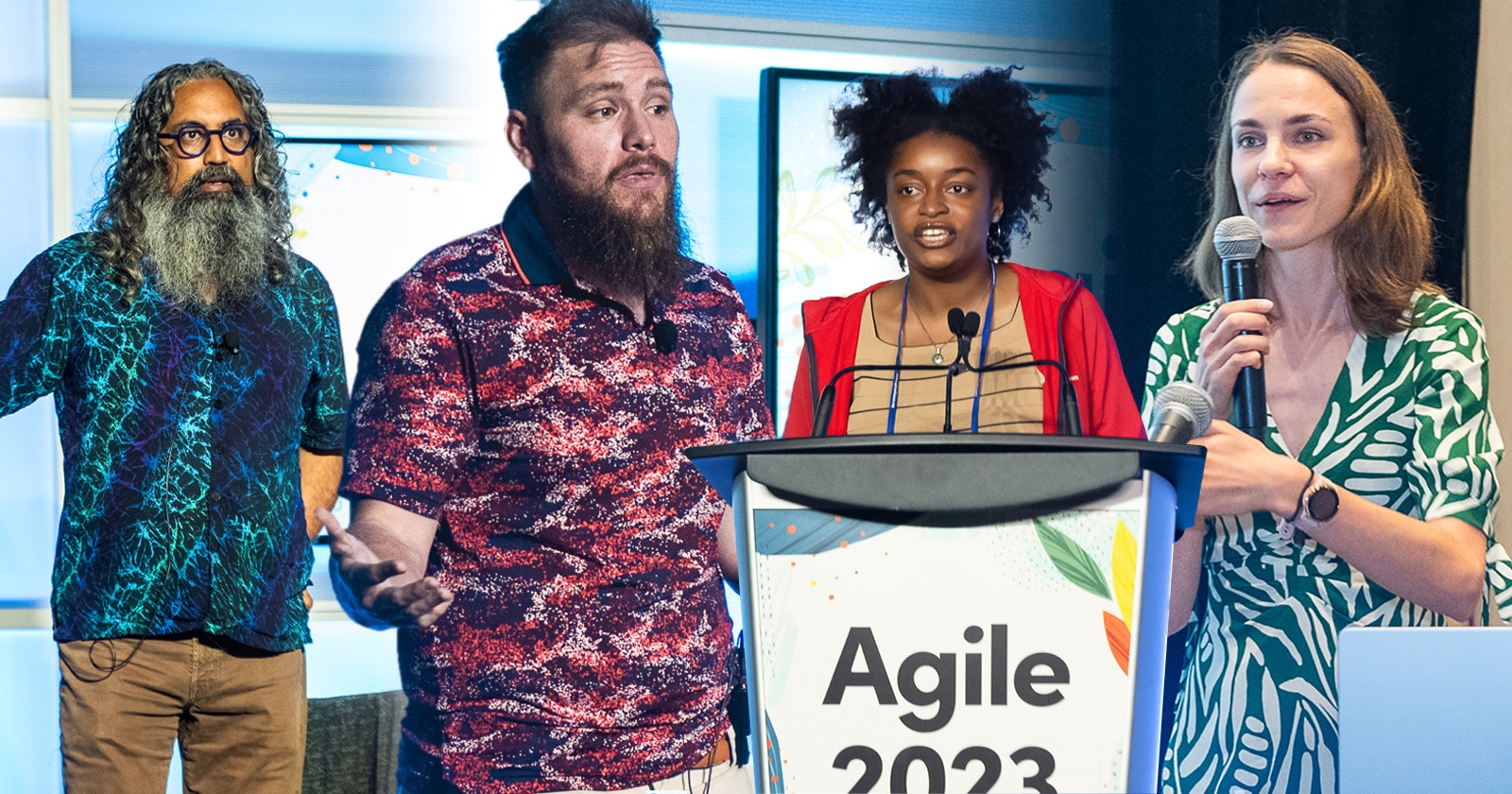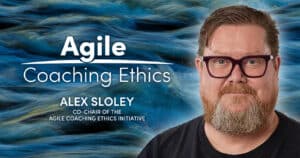Hi, everyone. I’m Brian Button, Board chair for Agile Alliance. We’re deeply into our conference season, with the acceptances and rejection notes for sessions just having come out, and it’s usually this time of year that people start asking questions about how we run our conference. Rather than answer a bunch of individual posts, I thought explain how things work here.
Before I start, I’d like to qualify what I’m about to share with my experience with the Agile20xx and deliver:Agile conferences. I’ve been involved with these offerings since about 2010. During my 14 years of volunteering for Agile Alliance, I’ve been a conference track reviewer several times, as well as track chair, technical program chair, and conference chair three times each. I think it is safe to say I have chaired more of Agile Alliance’s conferences than anyone else! And since my last time chairing in 2018, I have joined the Agile Alliance Board of Directors, which gives me the ability to see our conferences from the other side.
Top-level organization
There are two different groups responsible for planning and executing each of our conferences. First, there is the Agile Alliance Board, whose responsibility it is to approve two things about each conference: generally, in mid-summer, we approve the conference chair for the next conference, and at the start of the year, we approve the budget for that same conference. We’re also beginning to set some broad guardrails around what we’d like to see at the next conference as a way of guiding the program team in focusing on those issues we consider important or fresh in the Agile world. The intention is for this to help shape the topics into what we hope will attract attendees. They are not at all meant to exclude speakers or topics from consideration.
The second group is the Program Team, made up of the Conference Chair and the Program Team. This group is wholly responsible for the program under the broad guidelines set by the Board.
The second group is the Program Team, made up of the Conference Chair and the Program Team. This group is wholly responsible for the program under the broad guidelines set by the Board. The Program Team chooses the content of the conference, starting with defining the tracks for sessions, recruiting Track Chairs and review teams, opening the submission system, reviewing and giving feedback to submitters, and finally deciding on the final program. They are guided and advised by the Agile Alliance managing director to help them stay within their budget and on track as they build the conference. This process generally takes them about six months, ending the March before the conference.
During this time, the program team operates independently of the Board, aside from the conference chair attending several Board meetings to give updates on progress.
Handling submissions
Our submission process has existed for as long as I remember and really hasn’t changed much. The details of which submission system we use and the makeup of the program team are different now than when we started, but the overall process is pretty much the same.
It begins with a call for submissions in November or so, followed by the submission system opening in December. It is left open for about six weeks, during which sessions are submitted. Each submitter has the option of requesting feedback on their session, which will result in as many rounds of feedback and updates as they wish until the submission is ready. We’re pretty proud of this process, as it has helped a number of submitters fine-tune proposals into great conference presentations! We know it’s not perfect, and we’re always working to improve it.
Each submitter has the option of requesting feedback on their session, which will result in as many rounds of feedback and updates as they wish until the submission is ready.
Once the submission system is closed and all submissions are final, the program team goes about the very difficult process of choosing the best program. This is truly a long and laborious process, where each session is individually read and ranked by all reviewers for a track. From these rankings, the track chairs choose their suggestions for their piece of the program, which are then relayed to the program chairs and the conference chair. After reviewing the program for a balance of topics, inclusivity, diversity of thought, and potential interest level, the program is finalized. At that point, the acceptances and rejections are sent. Given the sheer magnitude of submissions we have, these notifications are auto-generated.
Providing feedback
The final step in the process is one of the most difficult. Everyone who submits a session hopes it is accepted, but the fact is that we only accept around 10%. Many of the people who were denied a speaking slot are interested in knowing why they weren’t chosen, and it’s the responsibility of our larger program team to answer these questions honestly and with an eye toward helping the submitters improve for next year. Unfortunately, many of the people who were not accepted are the same people who preferred not to hear feedback on their submission earlier in the process when it could have been changed.
Summary
I hope this gives people a better picture of the overall process involved with choosing an Agile20xx conference program. It is literally a six-month process, with dozens of people dedicated to doing their best to create the most interesting and inviting program possible.
As Agile Alliance Board chair, I want to sincerely and publicly thank both everyone who submits a session to our conference and those who volunteer to help build the conference program. I have done both, I know how much work submitting and organizing can be, and I recognize our conference can only be successful based on the work of both groups. Thank you all so much for your efforts and see you in Dallas!











